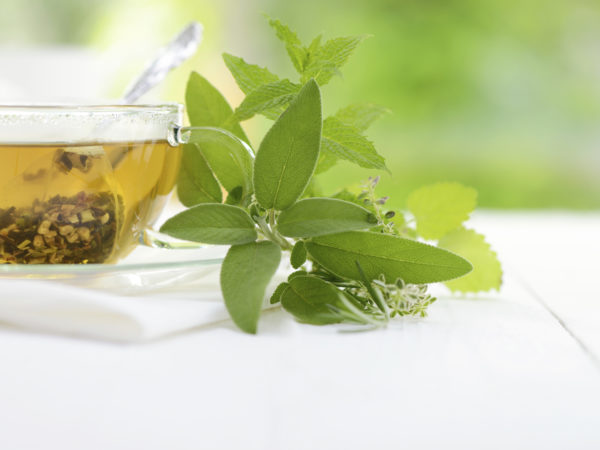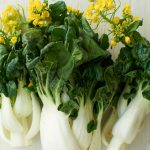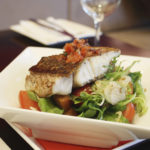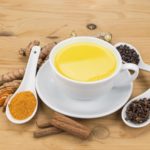Nine Green Teas To Explore

Americans are discovering that green tea – a drink made from the unoxidized leaves of the Camellia sinensis plant – is a vital part of an anti-inflammatory diet, which contributes to a healthy lifestyle and promotes healthy aging. The most important polyphenol in tea is EGCG (epigallocatechin gallate), a potent antioxidant that probably contributes to the protective cardiovascular and neurological effects reported in many studies.
But people who are new to green tea sometimes dislike the flavor. For them, the answer is not to give up on green tea, but rather to try another type. The world of Japanese green tea is vast, with literally thousands of varieties, each featuring subtle differences in taste and aroma. Connoisseurs can spend a lifetime exploring them, but that’s not necessary for most of us. All we need to do is try some samples of the nine basic types below. Many are available at natural foods stores, and even supermarkets are starting to stock different varieties:
1. Matcha is the quintessential experience of Japanese green tea. It is made from skillfully cultivated, shade-grown tea leaves that have been meticulously stone-ground into a fine powder. To prepare, take a teaspoon of bright green, powdered matcha tea and stir it vigorously with hot water using a bamboo whisk. Because it is made from the entire tea life, matcha bursts with a bold, rich herbaceous flavor in the mouth. It is traditionally served with delicately flavored sweets to balance this intense taste. (See a video presentation on how to prepare matcha tea.)
2. Sencha refers to a broad category of loose leaf green tea meant to be infused. Senchas can range from simple, unassertive teas that may be enjoyed daily to more bold teas. In general, the top few tea leaves from the shoot are used since they are rich in flavor. The finished tea may consist of small, almost powdery particles, or long, delicate, slender stands. For the best balance of flavor and color, many senchas are a mix of leaves of different sizes and shapes. The final brew will be yellow-green to a deeper green in color. The taste may be a mellow with a hint of maize or wildflower to lively and herbaceous with a palate-cleansing astringency. Often times, the leaves are deeply steamed to create a bolder sencha known as fukamushi-cha.
3. Gyokuro means “jade dew,” referring to the deep green color of its leaves. An elaborated form of sencha, its leaves are meticulously shade-grown in the same manner as leaves for matcha. The shading creates a tea that is intensely rich in flavor and low in astringency. The intense labor behind gyokuro makes it one of Japan’s most expensive kinds of tea.
4. Kabusecha is similar to gyokuro in that it is also shade-grown, but for a shorter length of time. Its flavor lies between sencha and gyokuro, offering a mild sweetness and depth of character.
5. Bancha is made from more mature leaves than sencha, picked during a later harvest season. While not as complex as sencha, it is mellow and easy drinking. Moreover, it is low in caffeine yet high in antioxidants, making it an ideal daily tea.
6. Genmaicha is one of the most popular Japanese green teas. It consists of a mix of roasted rice and either sencha or bancha tea. The roasted rice imparts a warm, toasty flavor to the vigor of green tea, creating a smooth overall taste. Genmaicha’s popularity grew out of the lean war years when the scarce fresh tea available was mixed with rice.
7. Hojicha takes its name from is the combination of the Japanese terms hoji, “roasted,” and cha, “tea.” The story behind hojicha is that a Kyoto tea merchant had an excess stock of green tea that he was an unable to sell off. Instead of wasting his stock, he roasted the leaves to quick public acclaim. To create hojicha, finished tea leaves or stems are roasted for a few minutes, turning them a dark brown. The result is a smooth tea with no astringency – making it ideal with meals.
8. Kukicha is a tea made mainly of stems, or kuki. Its flavor is vibrant but mild in astringency. It is important to note that the kukicha referred to in macrobiotic circles is actually hojicha made from stems.
9. Konacha is made from from fine, powdery tea leaves. It brews a vibrant green and yields a clean, brisk taste. Because it cleans the palate well, it is often the tea of choice to serve with sushi.













